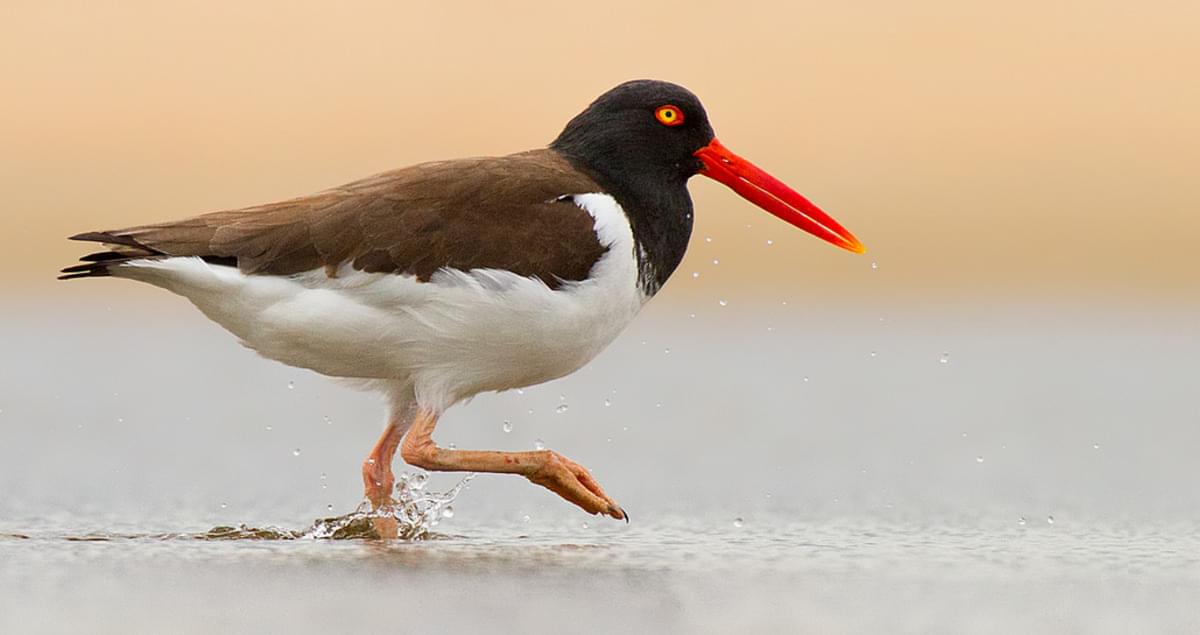
Little St. Simons Island American Oystercatcher Monitoring
A guide to ongoing conservation efforts on LSSI
Partnerships with organizations like the Georgia DNR, American Oystercatcher Working Group, Manomet, and others enable every Georgia barrier island to monitor American Oystercatchers
In 2009, LSSI started systematically monitoring American Oystercatchers along our 7 mile stretch of beach
Now each summer, a bird technician patrols the beach each morning to document adult oystercatcher presence and monitor nesting efforts. To date, the island has on average 16 pairs nesting each year.
American oystercatchers nest between the edges of estuarine and marine coastal habitats. They are often seen nesting on marsh islands, upland dunes, beaches, and dredge spoils.
In 2022, 19 breeding pairs of Oystercatchers produced a total of 25 nests and 50 eggs
The North Main Tip section of beach is one of the most heavily used area due to its ideal habitat
At the end of summer, the fledged chicks are banded. In 2022, two oystercatcher chicks were successfully fledged and banded.
Since monitoring began in 2009, 72 chicks have fledged from the LSSI beaches. Some years, the chicks fledged here make up 50% of the chicks fledged along the Georgia coast.
American Oystercatchers continue to be a species of concern along the Eastern coast including Georgia, Florida, South Carolina, and North Carolina.
Over the last twleve years, LSSI has tracked the causes for failure of oystercatcher nests. Predation from racoons and coyotes continues to be a top reason for nest failure on the island.
Predation, sea level rise, and human disturbance are the top threats faced by the birds today. Through management plans, LSSI has been able to work on mitigating the impacts predators pose to the birds.
Coastal habitats like LSSI are extremely dynamic and change year to year. The northern tip of our beach is not only the most popular for oystercatcher nesting but also one of our most dynamic
Through continued efforts from staff and volunteers, LSSI will continue work to protect and preserve this iconic shorebird.
